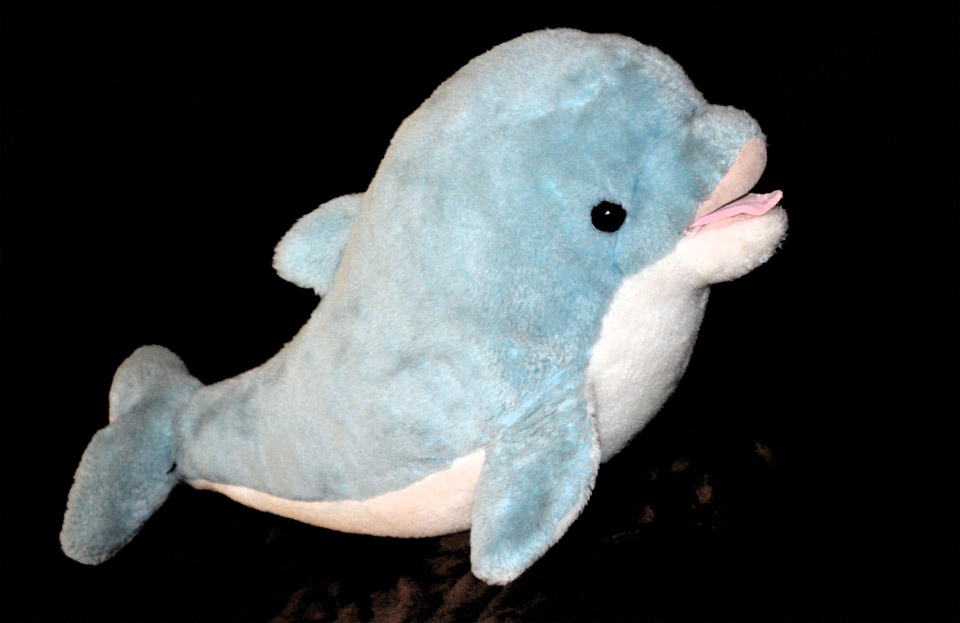Fish, like any other living beings, thrive when provided with an environment that closely mimics their natural habitat. One crucial aspect of replicating their natural ecosystem is establishing a proper day-night cycle. In this article, we will explore the significance of a natural day-night cycle for fish and provide you with effective ways to create and maintain it in your aquarium. Let’s dive in!
Why is a Natural Day-Night Cycle Important for Fish?
Fish, just like humans, have internal biological clocks that regulate their behavior, metabolism, and overall well-being. A consistent day-night cycle helps maintain their natural circadian rhythms, ensuring they receive the necessary rest and activity periods. Here are a few reasons why establishing a natural day-night cycle is essential for fish:
1. Regulation of Biological Processes: A consistent day-night cycle promotes regular feeding, digestion, and metabolic activities in fish, helping to maintain their overall health.
2. Behavioral Patterns: Fish rely on the day-night cycle to exhibit natural behaviors such as swimming, foraging, and resting. Disruptions in this cycle can lead to stress, aggression, or even loss of appetite.
3. Reproduction and Breeding: Certain fish species rely on specific light conditions to trigger breeding behaviors. A well-regulated day-night cycle promotes successful reproduction in these species.
Creating a Natural Day-Night Cycle for Your Fish
Now that we understand the significance of a natural day-night cycle, let’s explore various methods to establish and maintain it in your aquarium:
1. Lighting Setup and Duration:
– Choosing the Right Aquarium Light: Select a high-quality aquarium light that closely resembles natural daylight, such as full-spectrum LED lights. Avoid using harsh, intense lights that may stress the fish.
– Duration and Intensity: Aim for a 12-hour light and 12-hour dark cycle to mirror a natural day-night pattern. Utilize timers to automate the lighting schedule and maintain consistency.
2. Gradual Lighting Transitions:
– Simulating Sunrise and Sunset: Mimic natural lighting transitions by gradually increasing and decreasing the light intensity over a set period. This replicates the gentle illumination changes fish experience in their natural habitats.
3. Room Lighting and Ambient Conditions:
– Control External Light Sources: Ensure that the room lighting does not interfere with the aquarium’s day-night cycle. Avoid exposing the aquarium to direct sunlight or bright artificial lights during the dark period.
– Maintain Consistent Ambient Conditions: Keep the room temperature stable and consistent, replicating the natural climate of the fish species you are caring for. Sudden temperature fluctuations can disrupt their day-night patterns.
FAQs (Frequently Asked Questions)
Q: Can I use regular household lights for my aquarium?
A: It is not recommended to use regular household lights for your aquarium, as they may not provide the full spectrum of light necessary for fish health. Invest in aquarium-specific lights that mimic natural daylight.
Q: How can I determine the ideal light intensity for my fish?
A: Different fish species have varying light intensity requirements. Research the specific needs of the fish you are caring for and adjust the light intensity accordingly. Consulting with a knowledgeable aquarium specialist can also provide valuable guidance.
Q: Can I leave the aquarium lights on 24/7?
A: No, fish require a consistent day-night cycle. Leaving the lights on continuously can disrupt their natural behavior patterns, causing stress and potential health issues. Stick to a 12-hour light and 12-hour dark cycle for optimal fish care.
Conclusion: Nurturing Your Fish’s Natural Rhythms
Providing your fish with a natural day-night cycle is crucial for their overall well-being and vitality. By carefully managing lighting, transitions, and ambient conditions, you can recreate their natural habitat and enhance their quality of life. Remember, each fish species may have unique requirements, so conduct thorough research or consult with a professional to tailor your approach. Happy fish-keeping!









